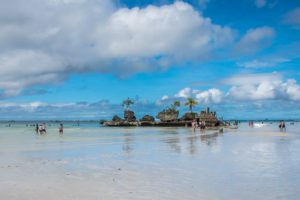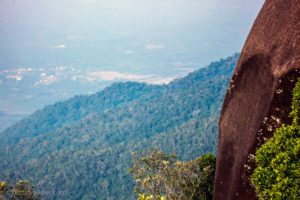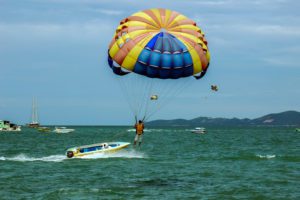It was my third trip to China, but my first time visiting Beijing. I had eagerly anticipated this trip for the past six months and looked forward to visiting the Summer Palace, the Temple of Heaven, Ming Tombs, Tiananmen Square, and more. My Air China flight from Bangkok arrived at Beijing Capital Airport at 6:30 am. To avoid the busy Beijing rush hour traffic, I opted to take the Airport Express Train from Terminal 3 to Dongzhimen station, located in the city center. Finding my way to the Airport Express train station was simple. I purchased a smart card, similar to the NYC Metro Card, from the ticket counter and proceeded towards the city. The train ride covered a distance of 17 miles (28 km) and took approximately 30 minutes. Upon reaching the subway station, I hailed a taxi to complete the remaining 2-mile journey to the Redwall hotel.
I found it quite challenging to hail a taxi in Beijing. Firstly, the drivers were often unwilling to use the taxi meter. Secondly, it was difficult to find a driver willing to go in the direction I desired. Consequently, for the following days, I opted to explore Beijing using the excellent and conveniently accessible Beijing Metro. Like in other parts of China, I thoroughly enjoyed using the metro system. It was user-friendly and cost-effective for each journey, and I could conveniently use my Smart Card without any complications.
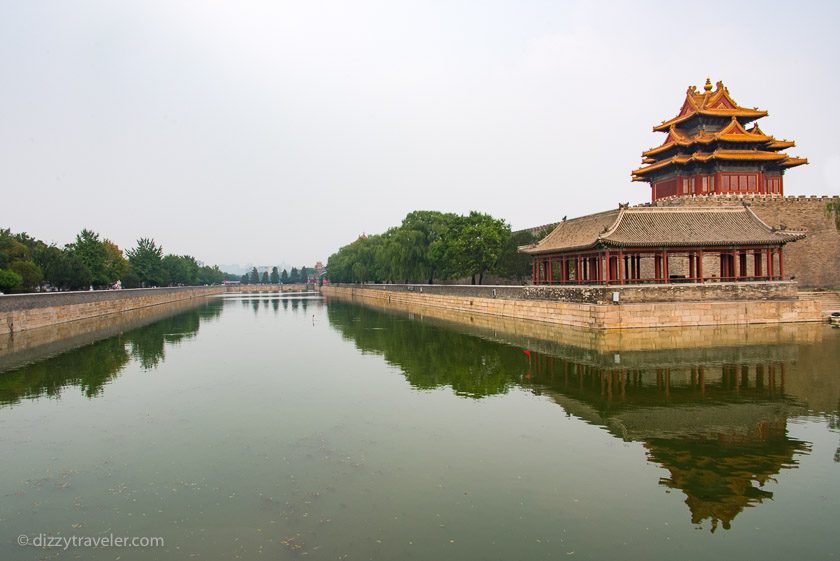
Top places to visit in Beijing
When visiting Beijing as a traveler, there is an abundance of activities and attractions that provide a captivating cultural and historical experience. Allow me to share some of the highlights from my own trip:
Tiananmen Square
Tiananmen Square gained global recognition following the pro-democracy student protests in 1989. For anyone visiting Beijing, this iconic location is a must-visit. Situated directly in front of the Forbidden City, it holds the distinction of being the largest square in the world. Mao Ze-dong constructed this square as a symbol of Communist strength, exemplified by the prominent banner displayed. To the south of the square, you’ll find a mausoleum housing his preserved body. Surrounding the square are impressive museums, parliamentary buildings, and viewing halls, all showcasing the striking architecture of the communist era. Conveniently accessible via the well-connected Beijing Subway and public buses, reaching this destination is a breeze.
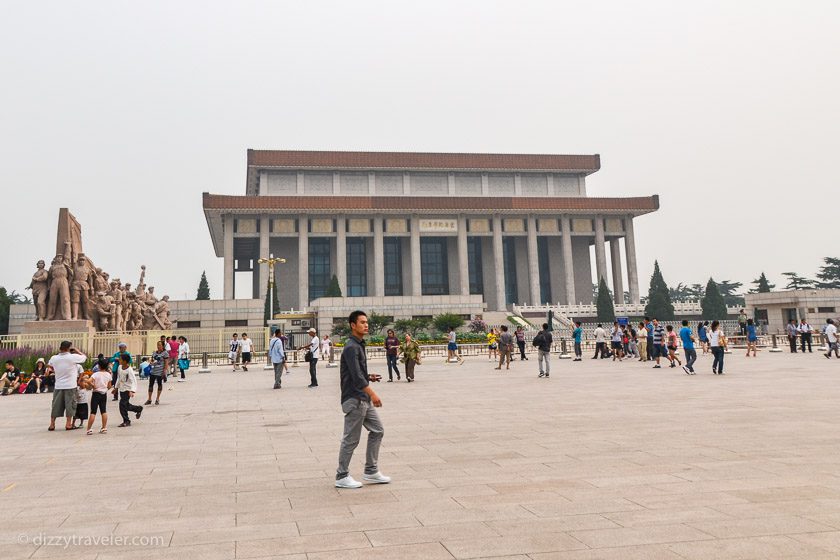
Forbidden City
Discover the grandeur of the imperial palace complex, also known as the Palace Museum. Admire its stunning architecture, magnificent halls, and beautiful gardens. One of the most visited sites in the whole world, thanks to the hordes of Chinese tourists pouring in daily, the Forbidden City gets packed, especially on weekends, so try to avoid going on a Saturday or Sunday. Also, the gates open at 8.30, so queue up around 8.15 am, and you’ll have an almost empty Forbidden City to talk pictures. It closes at 5 pm. The place is massive, so make sure your camera is charged and wear decent footwear. It’s a long walk! Give yourself at least 2 or 3 hours to get around.
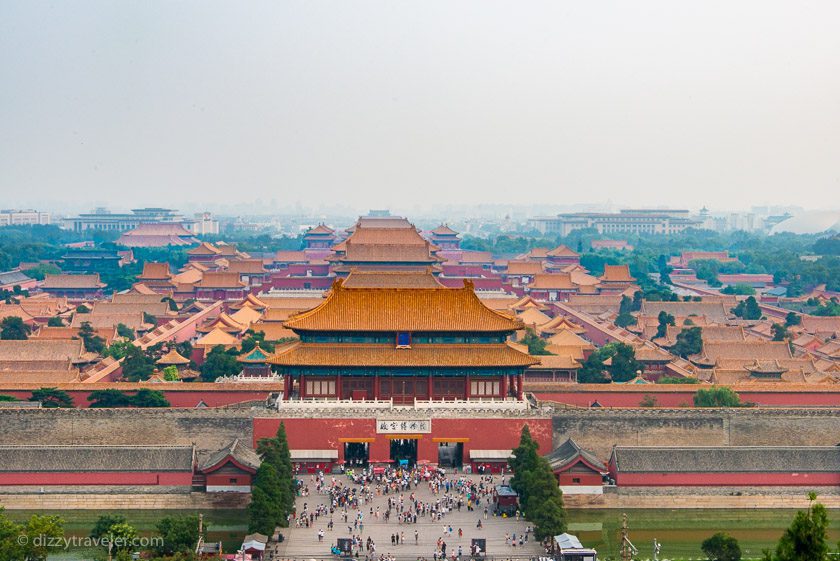
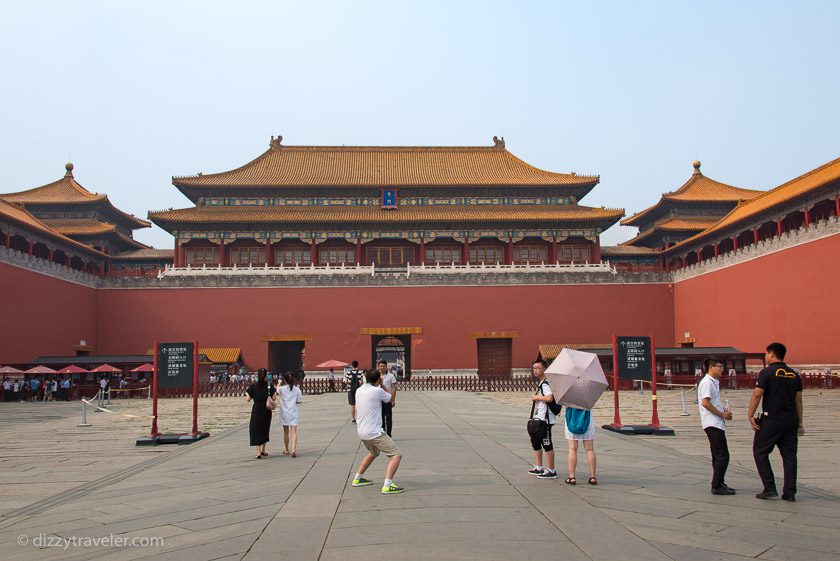
Lama Temple
Explore the grandeur of the largest Tibetan Buddhist temple outside of Tibet. This magnificent temple became one of my favorites in Beijing. The entire complex was a sight to behold, especially if you’re a travel photographer like myself. Interestingly, the Lama Temple complex holds a Guinness World Record! One of the temples houses an exceptionally tall white sandalwood statue of Maitreya Buddha, skillfully carved from a single tree. This remarkable creation stands as the tallest of its kind worldwide, as recognized by the Guinness World Record.
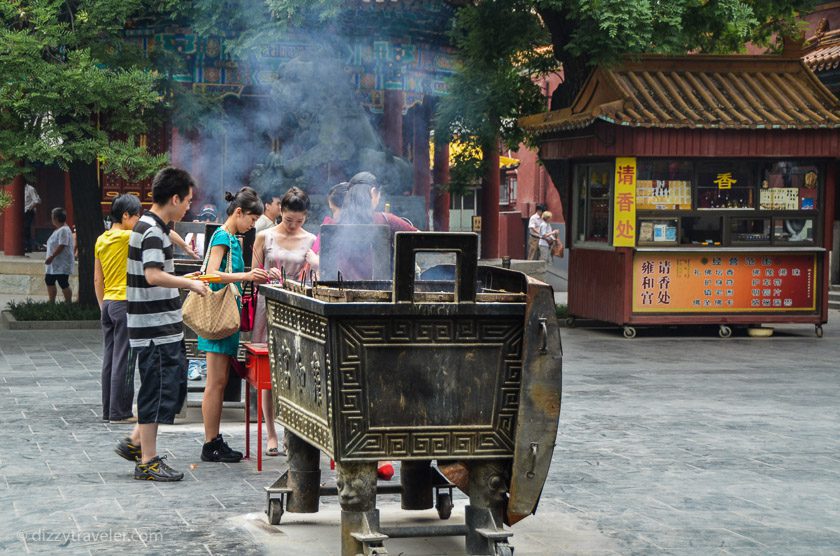
Summer Palace
The Summer Palace is more than just a royal residence that was once home to Empress Dowager Cixi and the emperor. It holds great significance in showcasing classical Chinese architecture’s elegance and garden design art. As you wander through its grounds, you’ll encounter the picturesque Kunming Lake, offering the option to take a leisurely stroll or even embark on a dragon boat ride to the other side, where the Seventeen Arches Bridge awaits. Additionally, there are marvelous attractions to explore, such as the Tower of the Fragrance of the Buddha, the opportunity to climb up Longevity Hill, and the chance to walk through the enchanting Long Corridor adorned with beautiful artwork on its beams. The Summer Palace promises a truly captivating experience filled with natural beauty and cultural treasures.
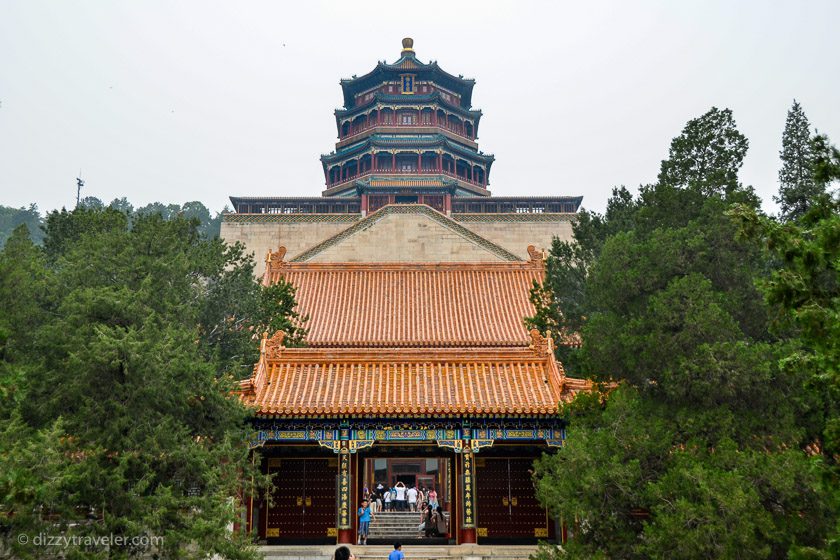

Temple of Heaven
Experience the spiritual side of Beijing at this UNESCO World Heritage Site. Marvel at the intricate design and symbolism of the temple and witness locals practicing Tai Chi and other traditional activities. Originally, this sacred site served as the venue for the Heaven Worship ceremony conducted by the emperors of the Ming Dynasty (1368-1644) and Qing Dynasty (1644-1911). It is an absolute masterpiece that should be visited by all means.
I think the most convenient way to reach the Temple of Heaven is by taking the subway, as it is situated in Beijing’s Chongwen District. Therefore, I opted for Subway Line 5 and disembarked at Tiantan Dongmen Station. Following Exit A, I easily located the temple’s east gate. Unfortunately, hailing a taxi can be quite challenging, depending on the time of day.
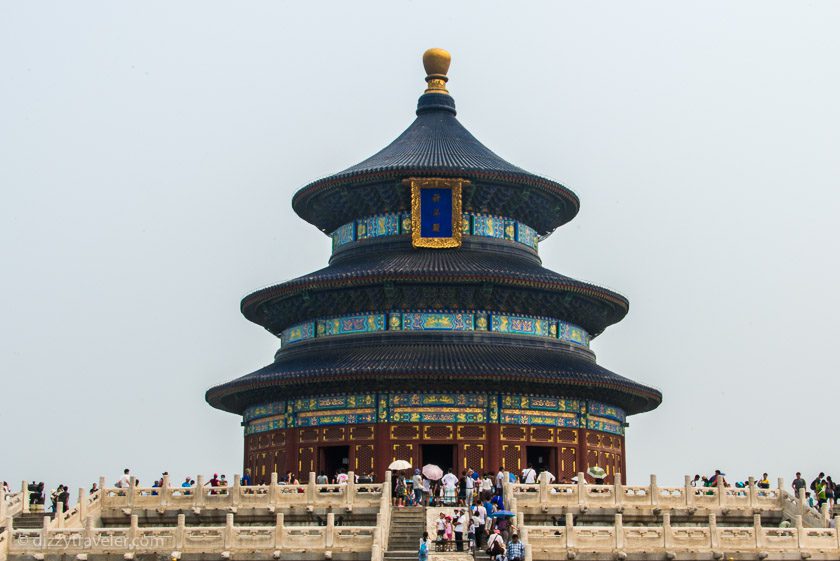
A Stroll Through Hutongs
No visit to Beijing would be complete without taking a leisurely stroll through the historic Hutongs. During my trip, I had the opportunity to explore several Hutong neighborhoods located near the Forbidden City. These neighborhoods were divided into sections catering to both the upper-class residents and the common people, offering a glimpse into the diverse social fabric of Beijing.
Walking or taking a rickshaw ride through the Hutongs was a truly immersive experience, allowing me to connect with the local culture and feel the city’s vibrant pulse. It felt like stepping back in time to ancient Beijing, with its charming narrow alleys, traditional courtyard houses, and the bustling presence of bicycles and rickshaws, which served as the primary modes of transportation. In addition, the air was filled with the delightful aroma of tea, transporting me to a different world altogether. I particularly enjoyed exploring the Hutong area near the Qianmen metro station and the serene ambiance near the Lama Temple.
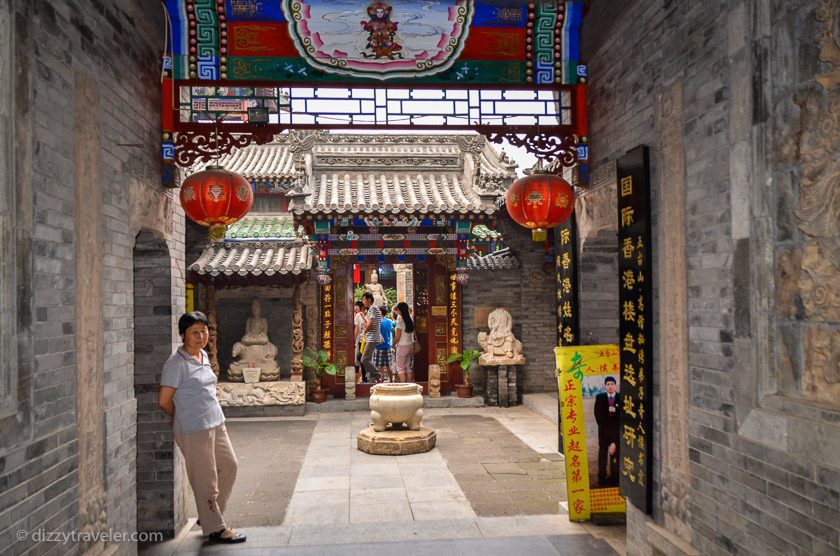
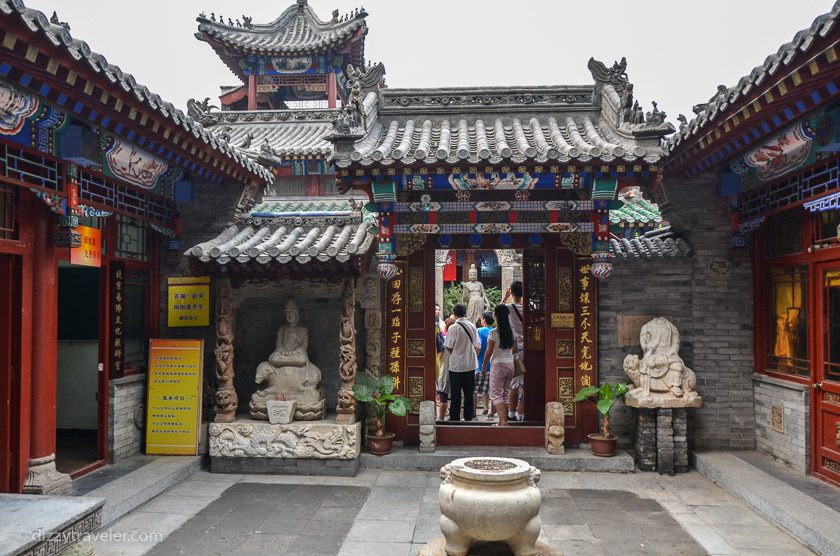
Beijing National Stadium (Bird’s Nest) and Water Cube
Sitting in front of the TV and watching the opening ceremony of the 2008 Summer Olympics, little did I know that one day I would be among the fortunate ones to visit the very same park. As I stepped foot in the Olympic Park, I couldn’t help but notice the serene emptiness that surrounded me, despite some buildings still being in use. The iconic structures of the Bird’s Nest (National Stadium) and Water Cube stood tall and impressive, a testament to their timeless architectural design. Accessing the park was a breeze thanks to the well-connected metro system. Spending an evening here was truly delightful, whether it was taking a leisurely stroll or even enjoying a boat ride on the tranquil lake. It offered a peaceful respite from the bustling city life of Beijing, allowing me to unwind and appreciate the beauty of the surroundings.
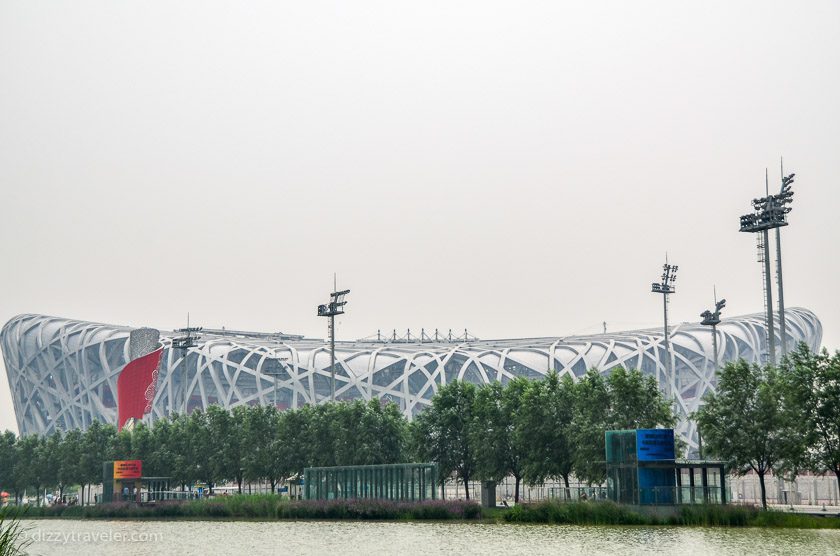
The Great Wall of China
Explore one of the world’s most iconic landmarks. Visit sections like Badaling, Mutianyu, or Jinshanling for breathtaking views and a chance to walk along this ancient marvel. I have visited Badaling section, the distance between the Badaling Great Wall and Beijing is approximately 60 kilometers (37 miles). The travel time can vary depending on the mode of transportation and traffic conditions, but it generally takes around 1.5 to 2 hours to travel between the two locations.
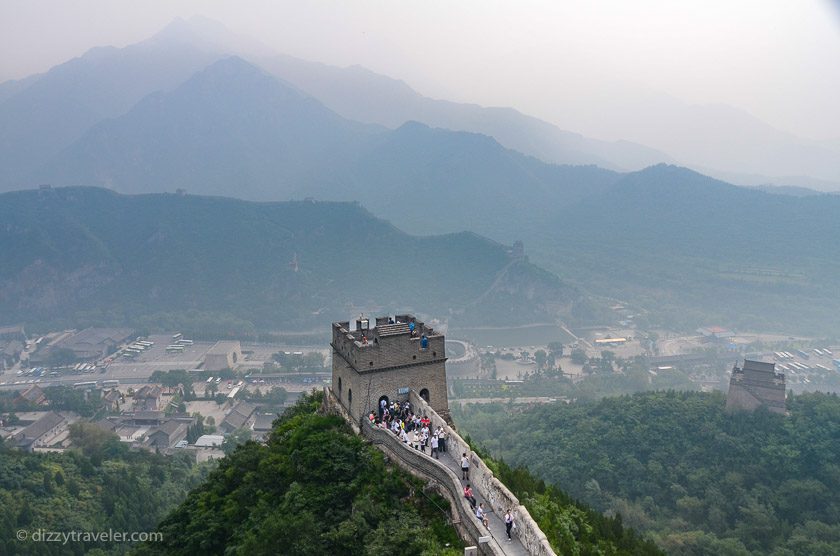
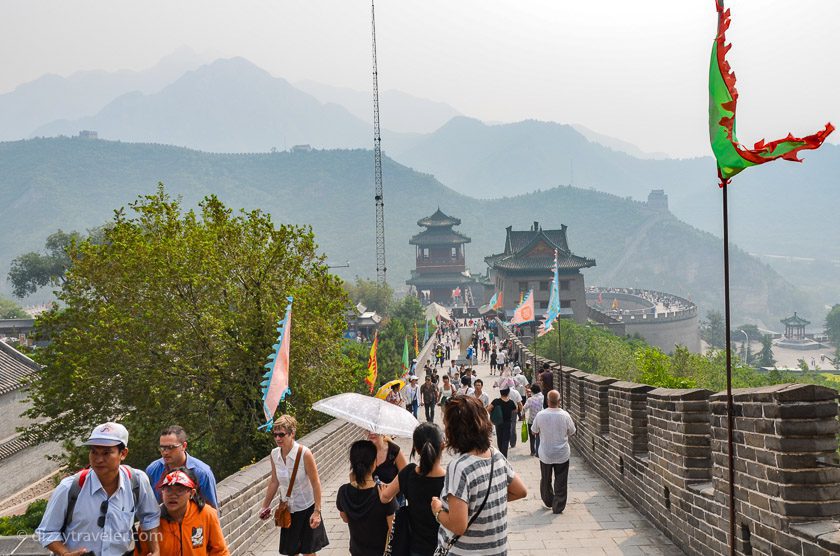
When visiting the Badaling section of the Great Wall, there are several exciting activities to enjoy. Take a leisurely hike along the well-preserved wall and marvel at the breathtaking views of the surrounding countryside. Capture memorable photos against the stunning backdrop of this architectural wonder. Learn about the rich history and significance of the Great Wall through informative exhibits and displays. Don’t forget to savor the local cuisine and shop for unique souvenirs. Explore the Badaling Great Wall and immerse yourself in its grandeur and beauty. End your day with a delicious meal and take home lasting memories of this iconic UNESCO World Heritage site.
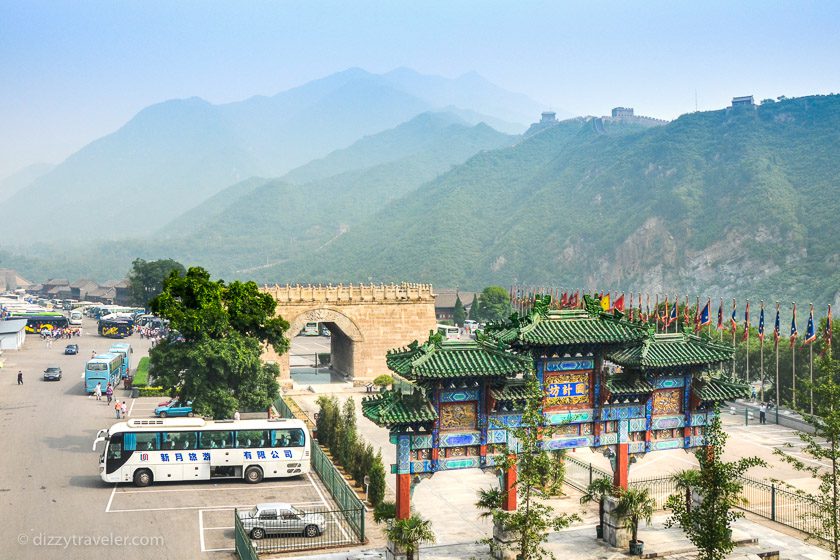
Visit Ming Tombs
Located approximately 50 km (31 miles) northwest of Beijing, this site holds the prestigious UNESCO World Heritage status. To reach there, I took Subway Line 13 to Huilongguan Station and followed Exit A. I easily hailed a taxi from the street, which was not too expensive. The journey took less than 10 minutes and cost me no more than 20 Yuan. With the majestic Tianshou Mountain gracing the horizon, the surroundings were incredibly scenic. This area houses the mausoleums of thirteen Ming Dynasty emperors (1368-1644). While not all tombs are open to the public, I had the opportunity to explore Changling Tomb, Zhaoling, and Dingling Tomb. Each tomb serves as the final resting place of an emperor from the Ming dynasty. Among them, Dingling’s tomb captured my interest the most. Overall, it was a delightful half-day excursion that I thoroughly enjoyed.
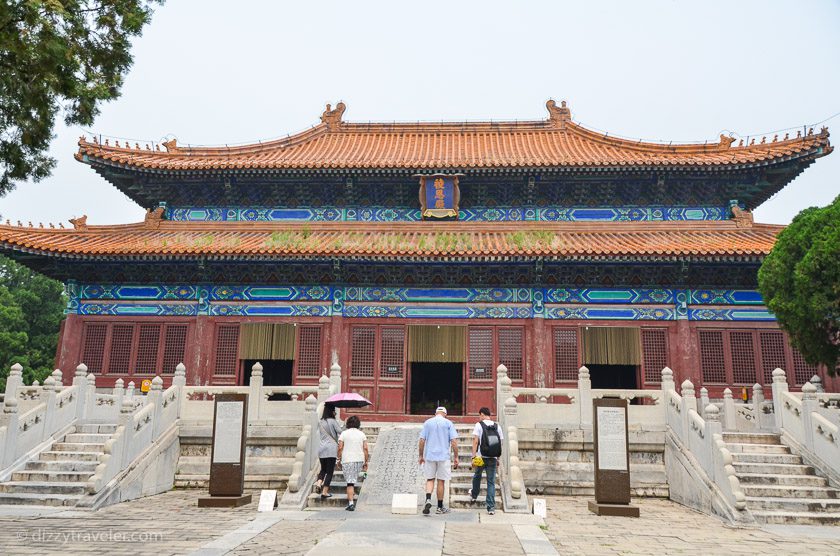
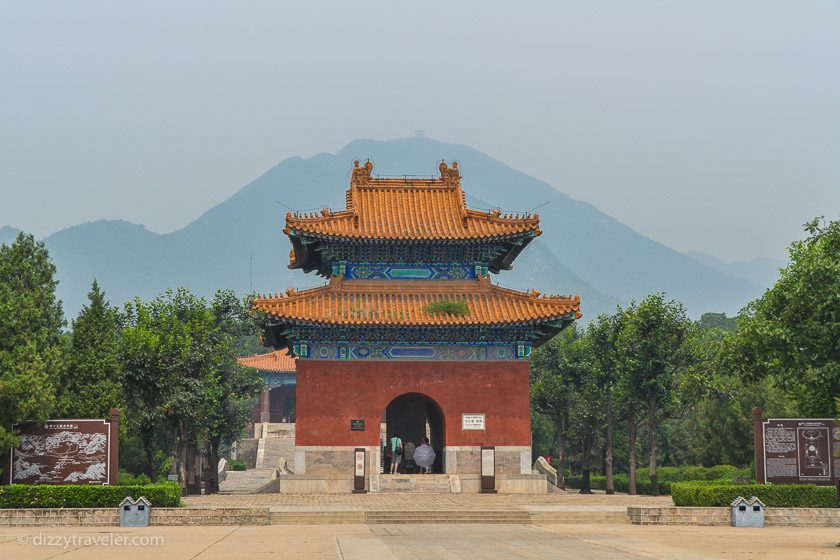
Wangfujing Street
Experience the bustling atmosphere of Beijing’s famous shopping street. Explore the bustling shops, try delicious street food, and immerse yourself in the lively atmosphere. Don’t miss the famous night market and unique cultural experiences. Enjoy Wangfujing Street’s charm and create lasting memories in the heart of Beijing. In the heart of Beijing, Wangfujing Street is easily accessible by public transportation, with several subway stations nearby. Remember to bring comfortable shoes, as you’ll want to explore every corner of this exciting street.
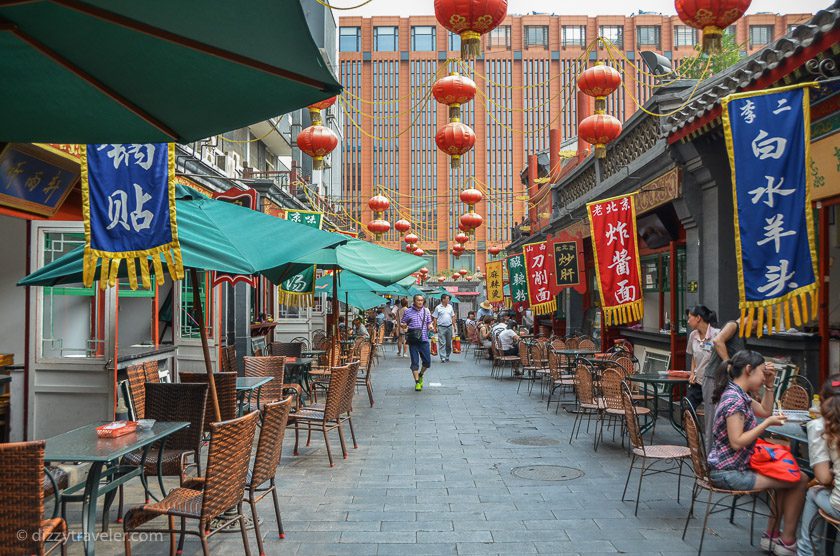
Beijing Street Food
In the Dongcheng district, particularly around Quanmen Street and Wangfujing Street, you’ll discover an abundance of delectable Beijing cuisine. In addition, this area is a treasure trove of authentic Beijing snacks, such as Rolling Donkey, a sticky rice cake filled with red bean paste, Peking Duck, and much more. As you wander through the streets, you’ll experience the charm of old Beijing’s Hutong neighborhoods. In addition, the central area has a distinctly international vibe, making you feel as if you’ve traveled to a different country.
Book Your Sightseeing Trip
There are a lot of beautiful places to visit and some exciting sightseeing activities to bring unforgettable memories back home. Please click on our below affiliate link to see your options.

